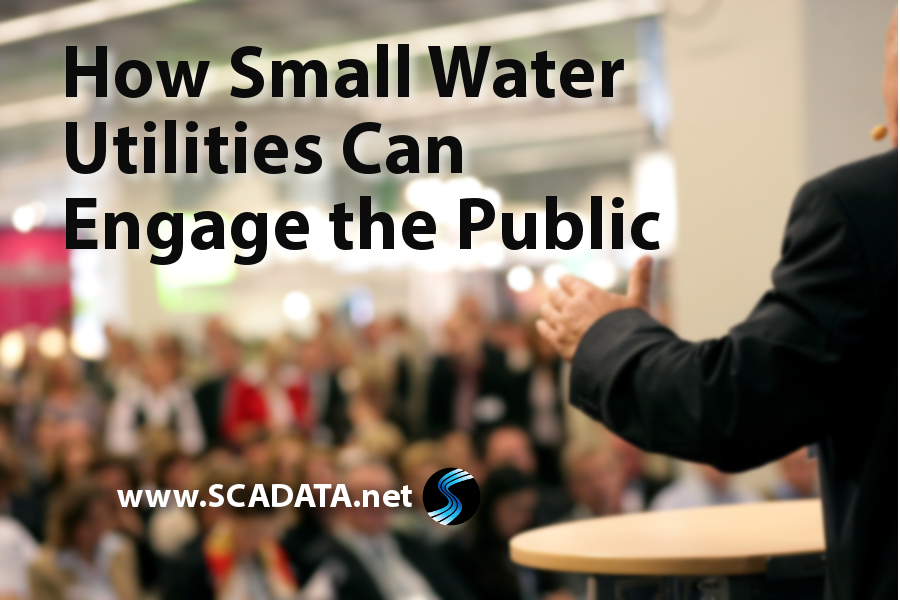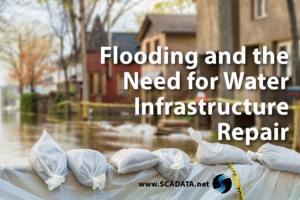Water is essential for survival. Even knowing this, it can be difficult to get the public engaged with issues that impact local drinking water and sanitation. In an age where we are more connected than we�ve ever been, it can be surprisingly difficult to get the buy-in you need from stakeholders and consumers. From an impact standpoint, digital options give you a wide audience for engagement. But, what about those rural areas?
According to the Pew Research Center, 19 percent of rural adults never go online and only 58 percent report go online daily. Rural utilities often have less budget for digital resources and their customer base may not have access to the internet or they simply choose not to use it. So, how do you create awareness? If you are seeking change, start with education. Here are some ways you can engage the public to raise awareness about water issues.
Outreach through community events
Community events can vary depending on the size of the community and the opportunities to engage. Some very small communities don�t offer much in the way of community involvement. Consider these options:
- Local festivals or events are a good way to showcase your value. Hand out educational brochures or other materials. Consider engaging the community with a drawing, game, or offering of some sort. This sort of involvement makes your utility more approachable.
- School appearances or field trips offer a way to educate local populations. School are always looking for opportunities to educate. Look for opportunities to speak in a local science class or invite a nearby elementary school class in for a field trip.
Communicating value through education
All water utilities can benefit from a digital presence. Even if a large part of your community does not actively participate on the internet, trends have shown that eventually more will. The Pew Research Center estimates that almost two-thirds of rural Americans have a broadband internet connection, up from one-third in 2007. So even if they aren�t participating now, it is likely that they will at some point.
Even with low numbers of digital visitors, it is a good idea to offer educational materials on your website for those who do choose to visit your utility ,�s website. Already have a good web presence? Check out our tips for improving your utility�s website.
Awareness campaigns
As is evidenced by news reports, people respond to issues they feel are important. Establishing an emotional connection also plays a significant role in creating awareness. Connect your awareness goals to issues that are relevant and important to the local community. For example, if you want to show the dangers of contamination, you could show the real effects that water contamination can have on real people. To show your commitment to the cause, you could even offer to collect donations, such as bottled water, for a community that is battling water contamination issues.
Direct mail, email, and social media
There are a number of ways you can inform your customers of issues. Outside of utilizing your own utility website, consider trying one or a combination of the methods below:
- Direct mail: While a little old-fashioned, don�t completely discount the benefits of direct mail. 56 percent of Americans believe direct mail advertising is more trustworthy than digital forms. When real problems need public engagement, consider taking the extra time and resources necessary to send out direct mail.
- Email: Email can be a cheap and effective tool for reaching customers. Free services exist for launching a small-scale email campaign. If carefully crafted, emails can reach a large amount of customers with little effort.
- Social media: Social media is a good place for a cause. If people support a cause, social media can be a good way to get some exposure.
Awareness is important, especially for something as vital as the water supply. Take the time to engage the public.




